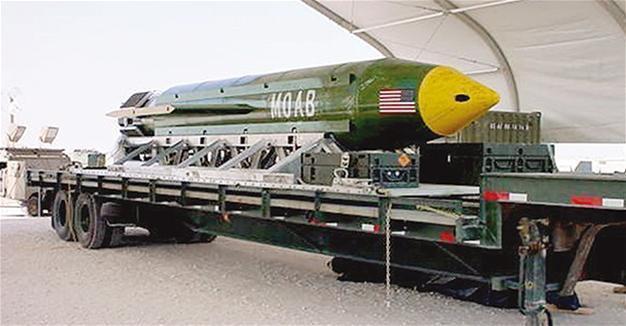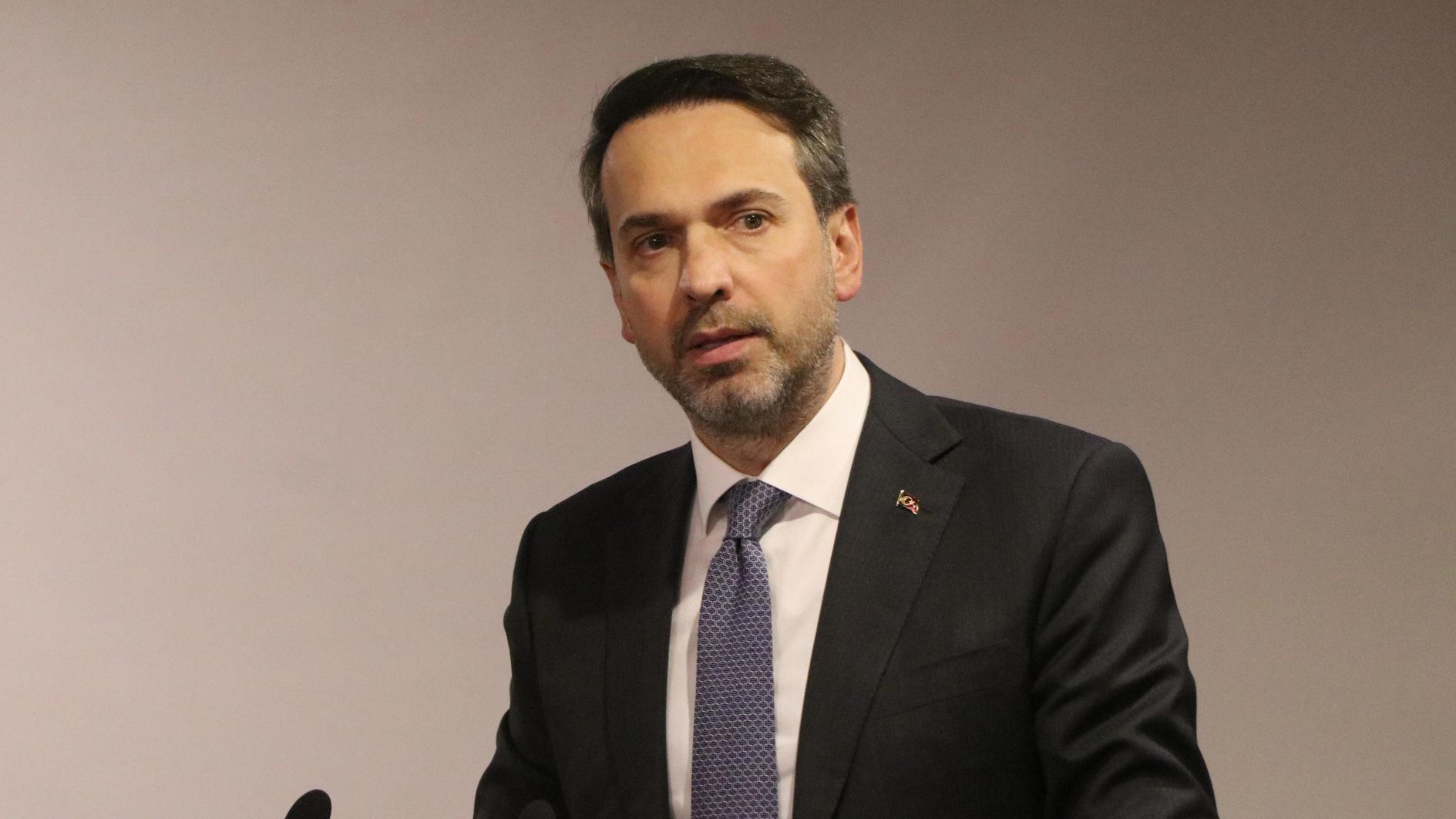US ‘mother of all bombs’ killed 36 ISIL militants in Afghanistan
KABUL
 As many as 36 suspected Islamic State of Iraq and the Levant (ISIL) militants were killed in Afghanistan when the United States dropped “the mother of all bombs,” one of the largest non-nuclear devices ever unleashed in combat, the Afghan Defense Ministry said on April 14.
As many as 36 suspected Islamic State of Iraq and the Levant (ISIL) militants were killed in Afghanistan when the United States dropped “the mother of all bombs,” one of the largest non-nuclear devices ever unleashed in combat, the Afghan Defense Ministry said on April 14.The strike on April 13 came as U.S. President Donald Trump dispatches his first high-level delegation to Kabul, amid uncertainty about his plans for the nearly 9,000 American troops stationed in Afghanistan.
The deaths have not been independently verified, but ministry spokesman Dawlat Waziri said no civilians were harmed in the massive blast that targeted a network of caves and tunnels.
“No civilian has been hurt and only the base, which Daesh used to launch attacks in other parts of the province, was destroyed,” Waziri said in a statement, using an Arabic acronym for ISIL.
The 9,797 kilogram GBU-43 bomb, was dropped from an MC-130 aircraft in the Achin district of the eastern province of Nangarhar bordering Pakistan, Pentagon spokesman Adam Stump said on April 13.
The device, also known as the “mother of all bombs,” is a GPS-guided munition that had never before been used in combat since its first test in 2003, when it produced a mushroom cloud visible from 32 kilometers away.
The bomb’s destructive power, equivalent to 11 tons of TNT, pales in comparison with the relatively small atomic bombs dropped on Japan at the end of World War Two, which had blasts equivalent to between 15,000 and 20,000 tons of TNT.
The top U.S. military commander in Afghanistan said on April 14 the decision to deploy one of the largest conventional bombs ever unleashed in combat was a purely tactical decision made as part of the campaign against ISIL-linked fighters.
Army Gen John W Nicholson, the commander of U.S. forces in Afghanistan, said he was in constant communication with officials in Washington, but the decision to use the GBU-43 bomb was based on his assessment of military needs and not broader political considerations.
“This was the first time that we encountered an extensive obstacle to our progress,” he said of a joint Afghan-U.S. operation that has been targeting ISIL since March.
“It was the right time to use it tactically against the right target on the battlefield.”
At a village about 5 kilometers from the remote, mountainous area where the bomb was dropped, witnesses said the ground shook, but homes and shops appeared unaffected.
“Last night’s bomb was really huge, when it dropped, everywhere, it was shaking,” said a resident, Palstar Khan, adding that he believed no civilians were in the area hit.
Other residents said they saw militants climbing up and down the mountain every day, making occasional visits to the village.
“They were Arabs, Pakistanis, Chinese and local insurgents coming to buy from shops in the bazaar,” said resident Raz Mohammad.
On April 14, the village was swarming with Afghan and international troops, as helicopters and other aircraft flew overhead.
The strike was part of a joint operation by Afghan and international troops, Afghan President Ashraf Ghani’s office said in a statement.
“Afghan and foreign troops closely coordinated this operation and were extra cautious to avoid any civilian casualties,” it said.
Former Afghan President Hamid Karzai condemned the use of the weapon on Afghan soil.
“This is not the war on terror, but the inhuman and most brutal misuse of our country as testing ground for new and dangerous weapons,” he said on social media network Twitter.
















